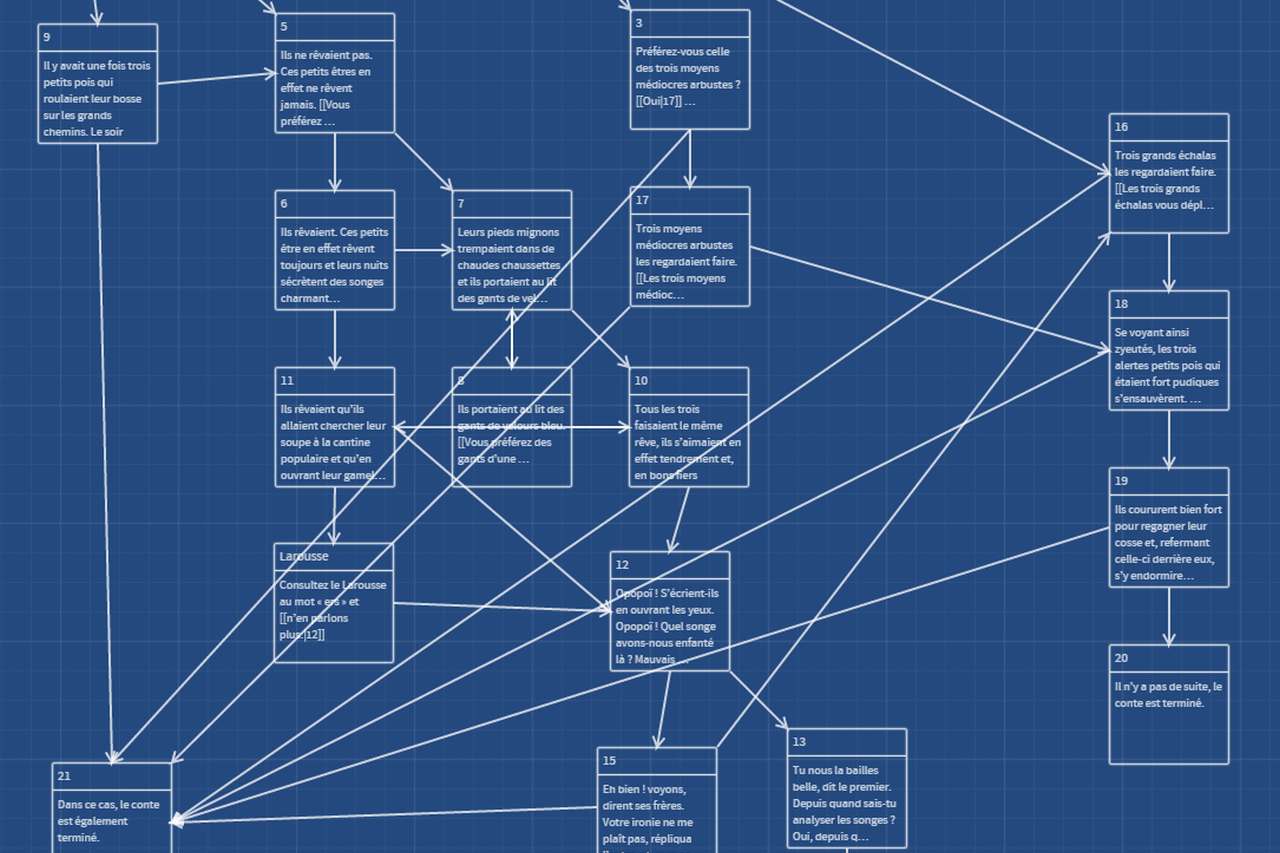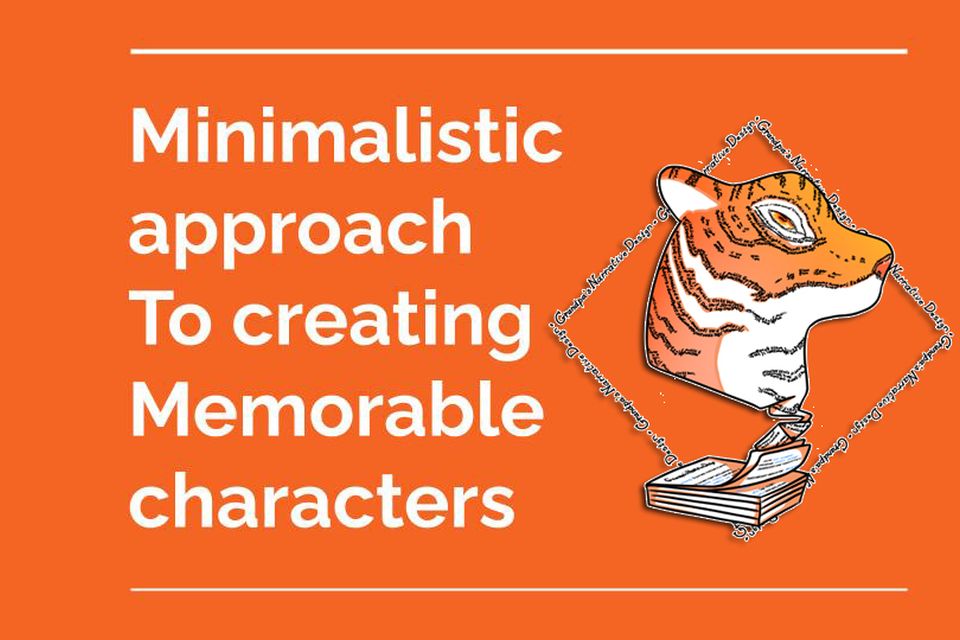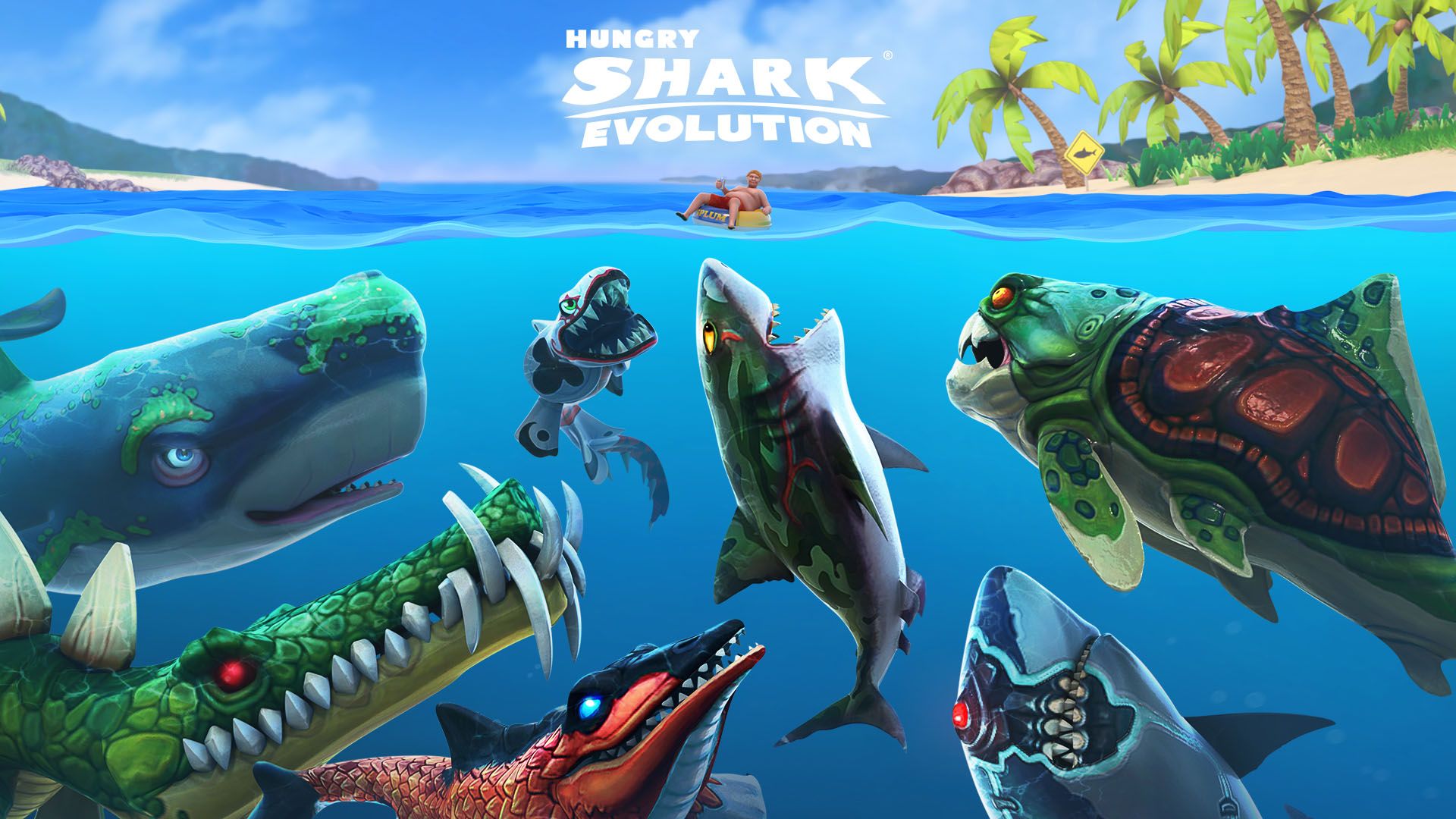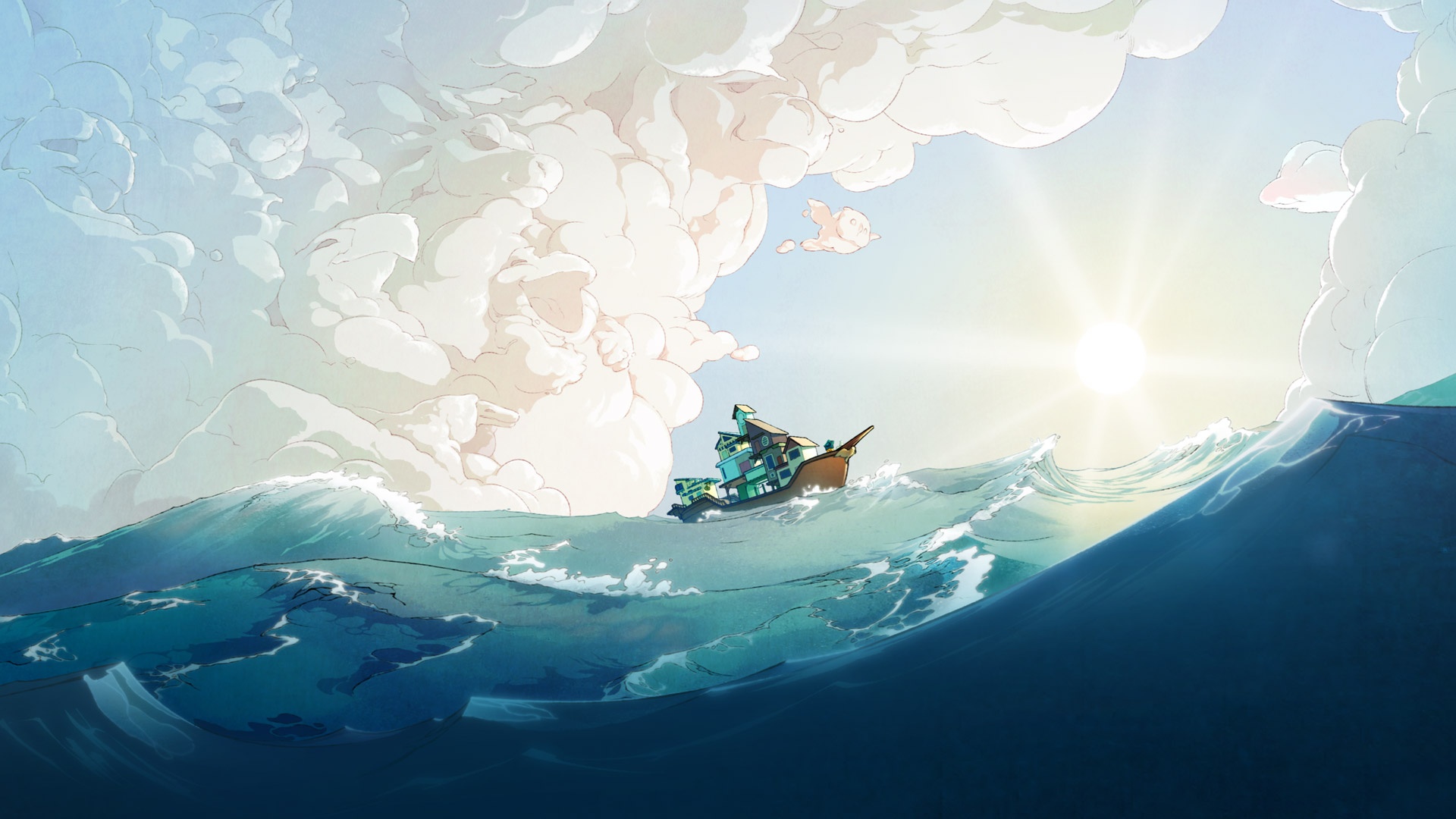A primer to games development

Introduction
Developing a game is no easy feat, in this article we breakdown the game development process and show you how the different teams and talents come together to develop a successful game.
Pre-Production Phase
Ideation 💡
The very first step to making a game is coming up with an incredible idea or concept for the game. This could come from various places be it having a eureka moment or a being inspired by dreams you have. Typically though, ideas are generated during a brainstorming session with the entire team. The team would sit around and bounce ideas off each other, and eventually get to an idea where everyone agrees to.
Armed with a strong idea, a basic outline is developed and market and competitor research are then carried out. This research is to ensure that the idea is marketable and that it is capable of being profitable. This step is crucial! Many inexperienced indie developers often neglect to do this and then wonder why their awesome game failed.
https://steamspy.com is a great resource for comparing your idea with similar games out there and evaluating the viability of your idea.
Prototyping
Prototypes are often created early during the pre-production phase. These prototypes are used to clearly showcase the feasibility and fun factor of an idea or concept. A well-established prototype can greatly help out with the production as it gives everyone a much clearer picture of the game. The prototype also shows developers what works and what doesn’t.
Planning
Many game developers tend to forgo or neglect the planning of the game as they rush straight into getting their hands dirty. This will eventually come back to bite them, as problems will arise during production due to the lack of planning. The planning phase is undoubtedly the most important in keeping the development within the planned timeline, on budget and in along the creative path.
The team will first detail all the mechanics, story and any relevant information related to the idea of the game in the Game Design Document. This is accompanied by the Art Design Document and the Technical Design Document which details the information for the art requirements and the technical requirements respectively. The timeline and manpower are then decided based on the budget and the scope of the game documents. These all go into the Production Plan Document detailing the timeline and process of the development.
Pitching
Once the planning is done, the team will first prepare a pitch deck which is used to present their game idea in a more coherent and digestible format.
Key things to note is who you are pitching to and what you are asking for. For an indie studio there are two main types of funding:
- Equity funding where investors invest in the company for a % of the company
- Project funding where investor/publisher invest in the game for a % of revenue from the game.
Depending on what your requirements and preferences, you should create a personalized pitch deck targeting the investors.
You can find a tutorial on how to write a pitch deck to pitch your company to investors:
https://www.slideshare.net/playventures/play-ventures-how-to-properly-pitch-your-startup
You can find a tutorial on how to pitch your game to publishers here:
https://www.tinybuild.com/how-to-pitch-your-game
Once the game has been green-lit and funds have been secured, the team will start on actually carrying out the development of the game and move into the Production Phase.
Production Phase

With all the planning set in stone, the team will start on creating a product out of their idea. The development team is mainly split into three major roles: artist, programmers and game designers.
The programmers will start coding on the game engine or the tools required for the easy creation of the mechanics of the game. With many commercial engines widely available these days, the programming team can choose to use them and jump right into developing the actual mechanics of the game, thus cutting short the development time. Artists will begin creating the art assets and ensure that it fits the planned aesthetic of the game.
The designers are split into multiple roles, namely the mechanics designers, the level designer and the UI/UX designer. The general mechanics designers will create the mechanics using any available tools and test them to ensure that they are fun and enjoyable. The level designers will create the levels which utilizes the mechanics, ensuring the appropriate mastery and retention for the levels. The UI/UX designer will design the User Interface and ensure that the User Experience of the game is smooth and targeted at the audience that the game is aimed at.
Assisting them with the production is the Producer. The producer will ensure that the project follows the expected timeline and budget to ensure that the game is created, hits the milestones that were set in the pre-production and that the game is shipped out in time. Many different types of production methodology are used in the development of the game, i.e. Waterfall, Agile. An example of such a methodology is Scrum. Scrum is a derived form of an Agile process framework, where the team will break down their features into goals that can be completed within time-boxed iterations, called sprints.
As the scope of the game varies in sizes, in a smaller indie team, the developers often have to wear many hats. The game designer may have to program and implement the mechanics themselves or the artist would have to do some of the level design. Roles are flexible and as long as the team works hand in hand with each other, to ensure that their product gets made.
Pre-Alpha Milestone
The pre-alpha is the phase where most of the production work is done. There are often a few interim milestones in the pre-alpha phase. One of them is the First Playable, where the team will create a playable and more polished version of the prototype which showcases the features of their game. Another such milestone is the Vertical Slice, where a slice of the game is created, with all its major gameplay to ensure that the game is still worth the money and time to continue one.
Alpha
The Alpha phase is whereby the production has gone into a feature-complete stage. All unimplemented features are to be dropped as of this phase and all content are to be in, be it in placeholder status. The game is playable with all the features at this point and alpha testing will be done often internally. The testing will allow the team to refine existing features or level to ensure that the game is of standard.
Beta
The Beta phase will showcase a feature and asset complete version of the game. No more major changes of the code, assets or content are done in this phase. The game will undergo several closed beta testing and open beta testing. The closed beta test will allow a limited number of players to playtest the game and give feedback on the game or find bugs which may cause issues in the gameplay. The open beta test does the same as well but is opened to a wider audience, often the general audience. The team will gather all the feedback and proceed to fix all the bugs they find as well as tweak the game to make it more fun.
Gold
The gold phase is when the game is ready for release and is before the slated launch date. The build is often used for marketing and will be released to a select journalist or influencers for review. This build is sent to the various release platforms for approval. E.g Nintendo for release on Nintendo Switch, Valve for release on Steam and Sony for release on the PlayStation. The build is also sent to the relevant authorities for classification rating and approval of sales. E.g. ESRB in the USA, CERO in Japan and PEGI in Europe.
Release
The actual release of the game. This is where post-launch support will kick in and the team will start to enjoy the fruits of their labour. Well, at least a while before they return to fix any missed bugs, expand the game further or begin work on the next game.
Non-Production
In parallel with the game development teams, there are a many other teams that work together to support the development of the game. Not all of them are essential or even present in indie studios but their function and purpose are essential!
Marketing
Discoverability has always been an issue for indie video games. 8290 new indie games were launched on the Steam platform last year, that gives us an average of around 160 games a week launching. How are you going to get noticed! Proper marketing is essential for any game to become successful. Gone are the days when just developing a good game was enough to ensure it was going to be successful. These days, marketing strategy is going to be what will make or break you.
If you have partnered with a good publisher, this should be handled for you. If not, having dedicated marketing personnel is essential. They will be the ones running the social media profiles and building a community around the game. Closer to launch they will also be running paid customer acquisition campaigns and public relation campaigns in order to build awareness for your game title.
Fail to market the game correctly and you’ll be left in the shadows. However, if you do the right things and you’ll see those download and purchase numbers soar!
Customer Support
No game is perfect at launch. No matter how much effort and time the team has spent developing the game, there will always be bugs and problems. Even if there are no bugs, customers can be impossible to please and not all customers will be satisfied with the game.
That’s why having a Customer Support team is essential to ensure that customers have a good experience with the game. Should they encounter problems with the game, customers should always be able to have an easy and accessible way to reach a human customer support staff.
Without this, you are more than likely to lose the customers and tarnish the brand’s reputation. Both of which are detrimental to your game as well as the company.
Internationalization(i18n) & Localization(l10n)
When you launch your game, you should want it to appeal to as many people as possible. As such internationalization and localization are essential to guarantee that your game is available and accessible but players from other countries.
Internationalization is about making sure that the game can be adapted to different languages, regional peculiarities and technical requirements of a target locale with minimal engineering changes.
Localization is more than just translation of text and audio, it also entails making changes to art assets, gameplay elements, and even removing and replacing whole portions of the game due to differing cultural sensitivities, local legal requirements or just to better suit the tastes of different regions.
Accessibility (a11y)
In the same vein, you want the game to be playable by players of different background.
Many simple considerations or design decisions can greatly benefit users with certain disabilities. Here are some examples:
– Allow controls to be remapped/reconfigured. This allows players to easily customise control schemes to better suit themselves.
– Ensure no essential information is conveyed by colour alone. This allows users with colourblindness(8% of males, and 0.4% of females) or vision impairments to still enjoy the game.
You can find a full list of accessibility guidelines here: http://gameaccessibilityguidelines.com/
Quality Assurance
Video game quality assurance testing is often perceived as “playing games for a living” but that is far from the truth. QA teams are expected to find ways to try and break the game, and once they do, they are expected to fill up sometimes lengthy reports on how or why the bug appeared. On top of testing for bugs, they also do tests for different hardware setups, different operating systems and also if the design of the game is as intended.
These reports are essential in assisting the development team in fixing bugs, designing the game better as well as ensuring a successful launch.
You can read more about the life of a Game QA tester in this article by Kotaku: https://kotaku.com/quality-assured-what-it-s-really-like-to-play-games-fo-1720053842
Finances
Business finance is the art and science of managing the money budgeted for the game project. The role of the finance team is to make sure there are enough funds to operate and that you’re spending wisely. Their importance lies in its capacity to keep a business operating smoothly without running out of cash while also securing funds for the long term.
Tasks for the finance team range from the mundane stuff like ensuring employees and contractors get paid on time to more complicated things like accounting and budgeting for the entire project.
Summary
In conclusion, game development is not just as simple as just building a game. It actually includes many different moving parts each its own beast. It not only requires a strong development and design team but also the many non-production teams that support the development of the game.





